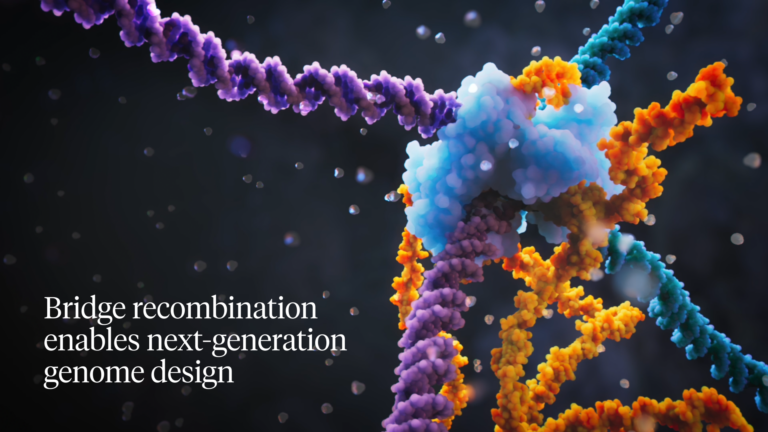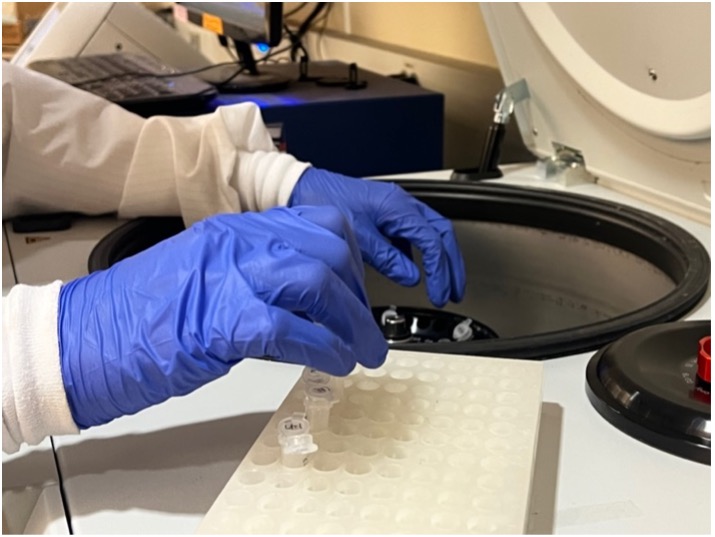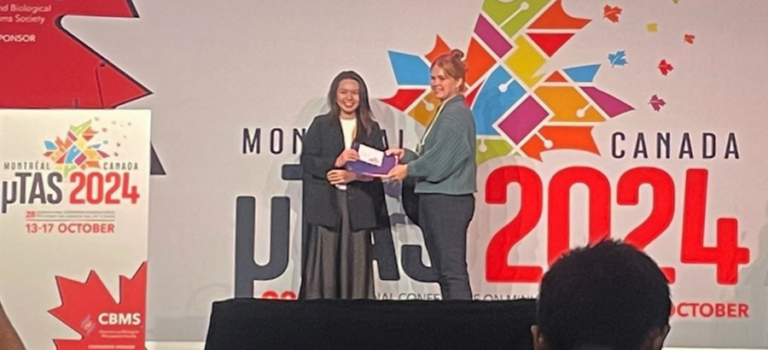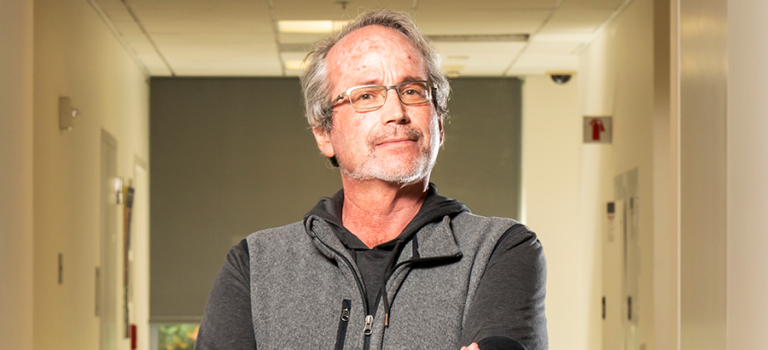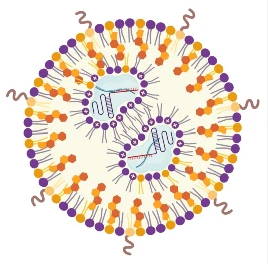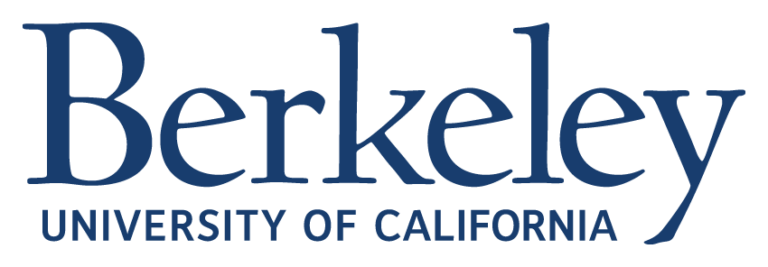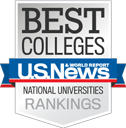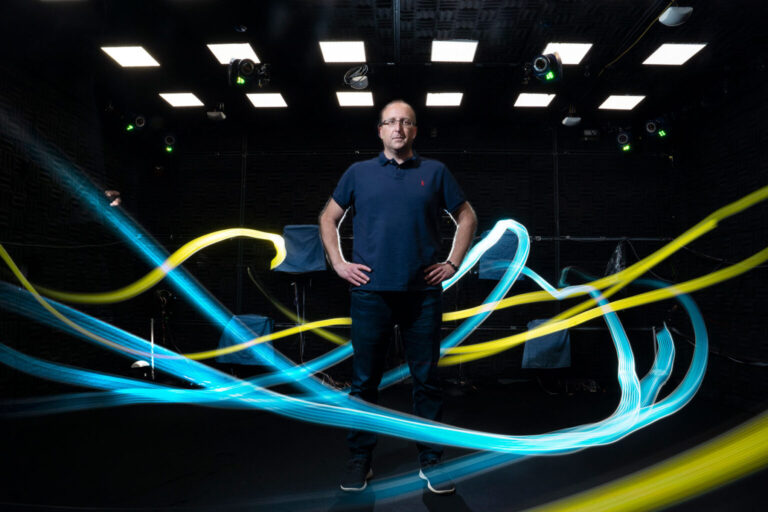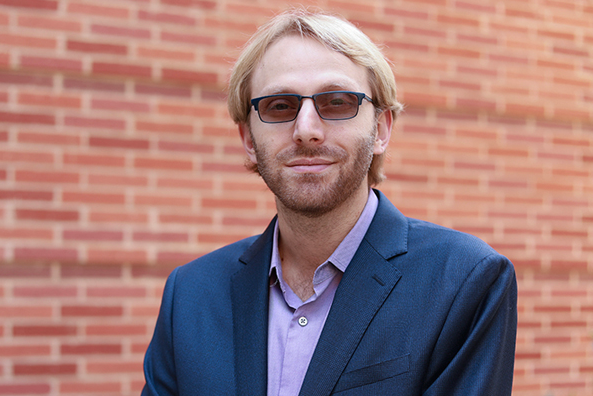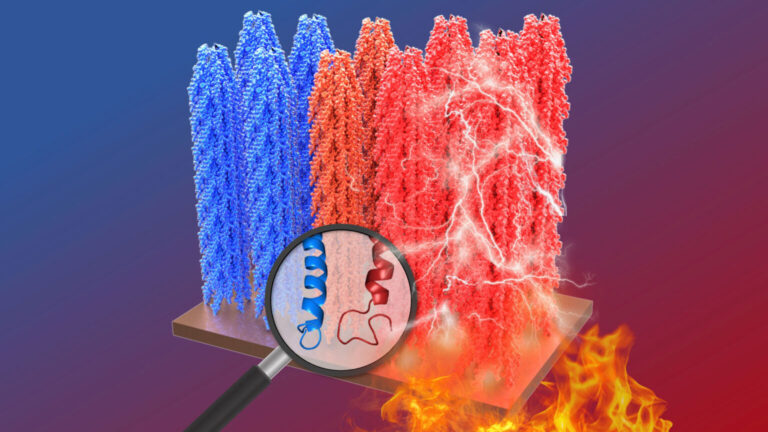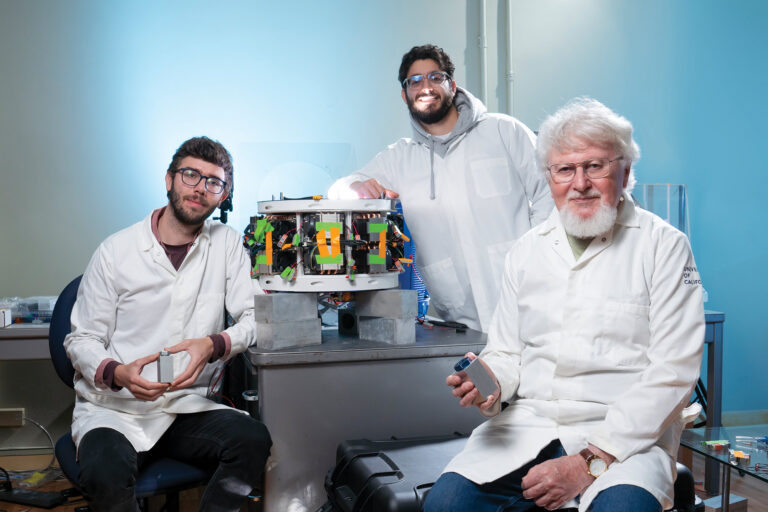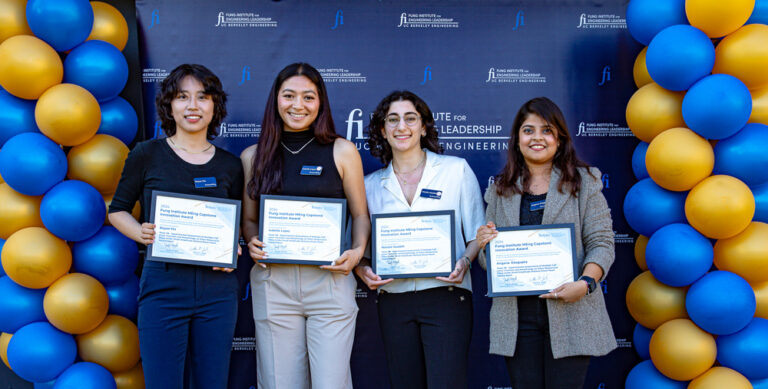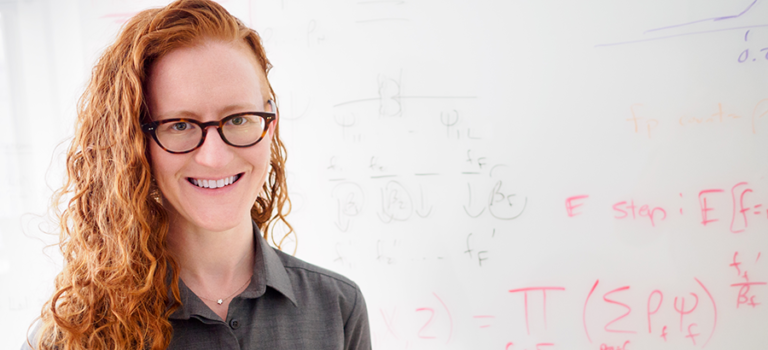Bioengineering News
Patrick Hsu’s breakthrough discovery of bridge RNA gene editing tools is discussed on WebMD, with contributions from BioE alumnus Connor Tou.
BioE graduate student Jazmin Isabel Velazquez examines the unique paths every graduate student takes on the road to their PhD in this story based on her experience in the Healy and Rubinsky Labs.
Trinh Lam, a postdoc in Amy Herr’s lab, has won the Biomicrofluidics Best Paper Award from AIP Publishing at the 28th International Conference on Miniaturized Systems for Chemistry and Life Sciences – Micro-Total Analysis Systems (µTAS 2024).
Adam Arkin has been granted an award of over $20 million from the Advanced Research Projects Agency for Health (ARPA-H) to pursue microbiome engineering to create probiotic bacterial communities that prevent and treat lung pathogens.
Murthy lab and UC Davis have developed a unique mRNA delivery method for in-utero gene editing for neurodevelopmental conditions.
Niren Murthy et al. have developed a more stable version of the Cas9 enzyme to improve delivery of CRISPR-Cas9 ribonucleoproteins (RNPs) for in vivo gene editing.
MuscleMatrix and their hydrogel scaffold for muscle loss injuries is part of LSEC’s 2nd cohort of Venture Grant startups.
Times Higher Education again ranks UC Berkeley the number one public university in the U.S.
Professor Leah Guthrie works to understand how the microbiome metabolites and proteins communicate with our human cells to influence our physiology and pathophysiology. Learn more about Guthrie in this interview with QB3.
Professor Derfogail Delcassian has been awarded $1 million in non-dilutive seed funding to accelerate the commercialization of her work on targeted molecular therapies for hard-to-treat cancers.
The Berkeley Bioengineering undergraduate program has moved up to rank 6th in the nation in the latest rankings released by US News & World Report.
Research by Niren Murthy’s lab presents a new acid-degradable linker that rapidly hydrolyzes in endosomes but is stable in the blood, which could significantly increase the efficiency of delivering mRNA-based therapies to cells.
Messersmith Lab has created a family of polymers from a stabilized alpha-lipoic acid which could lead to versatile, high-performance and environmentally friendly recyclable adhesives.
Adam Arkin’s lab has developed a new technique, barcoded overexpression bacterial shotgun library sequencing (Boba-seq), that will make it much easier for researchers to discover the traits or activities encoded by genes of unknown function in microbes.
Congratulations Professor Michael Yartsev, named a Howard Hughes Medical Institute (HHMI) Investigator!
BS and PhD alumnus Dino Di Carlo has been named Chair of the Department of Bioengineering at UCLA.
A team of researchers led by Professor Patrick Hsu has discovered the first DNA recombinase that is programmable, allowing the user to specify any desired genomic target sequence and any donor DNA molecule to be inserted. The bridge recombinase mechanism promises to expand genome editing beyond CRISPR and RNA interference (RNAi) to offer a unified mechanism for programmable DNA rearrangements. Bioengineering graduate student Nicholas Perry is also a lead author of the study, along with other researchers from the Arc Institute.
Pulse 2.0 interviewed MTM alumnus Sungwon Lim, founder of ImpriMed, a company that provides personalized medicine for pets with blood cancer diseases.
Berkeley researchers led by Professor Michael Yartsev, working with scientists at Carnegie Mellon University, have identified the part of the brain in Egyptian fruit bats that controls vocalizations and found that it contains similar neural wiring and genetics to the part of the human brain that controls speech.
Professor Seung-Wuk Lee discusses pyroelectricity: the finding that viruses can generate electricity when exposed to heat, and how this may pave the way for next-generation biosensors and diagnostic tools.
How isochoric preservation can protect food, organs — and even the planet. Professor Boris Rubinsky discusses the state of the art in cryogenics and preservation.
Professor Seung-Wuk Lee discusses pyroelectricity: the finding that viruses can generate electricity when exposed to heat, and how this may pave the way for next-generation biosensors and diagnostic tools.
The Master of Engineering capstone design team advised by bioengineering faculty Kevin Healy and Syed Hossainy has won the 2024 Capstone Innovation Award. The team of Angana Dasgupta, Isabella Lopez, Natalie Saadeh, and Boyan Yin was selected for their project, “Experimental assessment of multiple cell lines’ function and morphology on piezo-responsive films under small amplitude…
The Federation of European Neuroscience Societies (FENS) has selected Professor Michael Yartsev for the 2024 Boehringer Ingelheim FENS Research Award, given in recognition of outstanding and innovative work from all areas of neuroscience. The award will be presented at the FENS Forum conference in Vienna.
Congratulations to Professor Liana Lareau, winner of a 2024 Spark Award from the Bakar Fellows Program.


